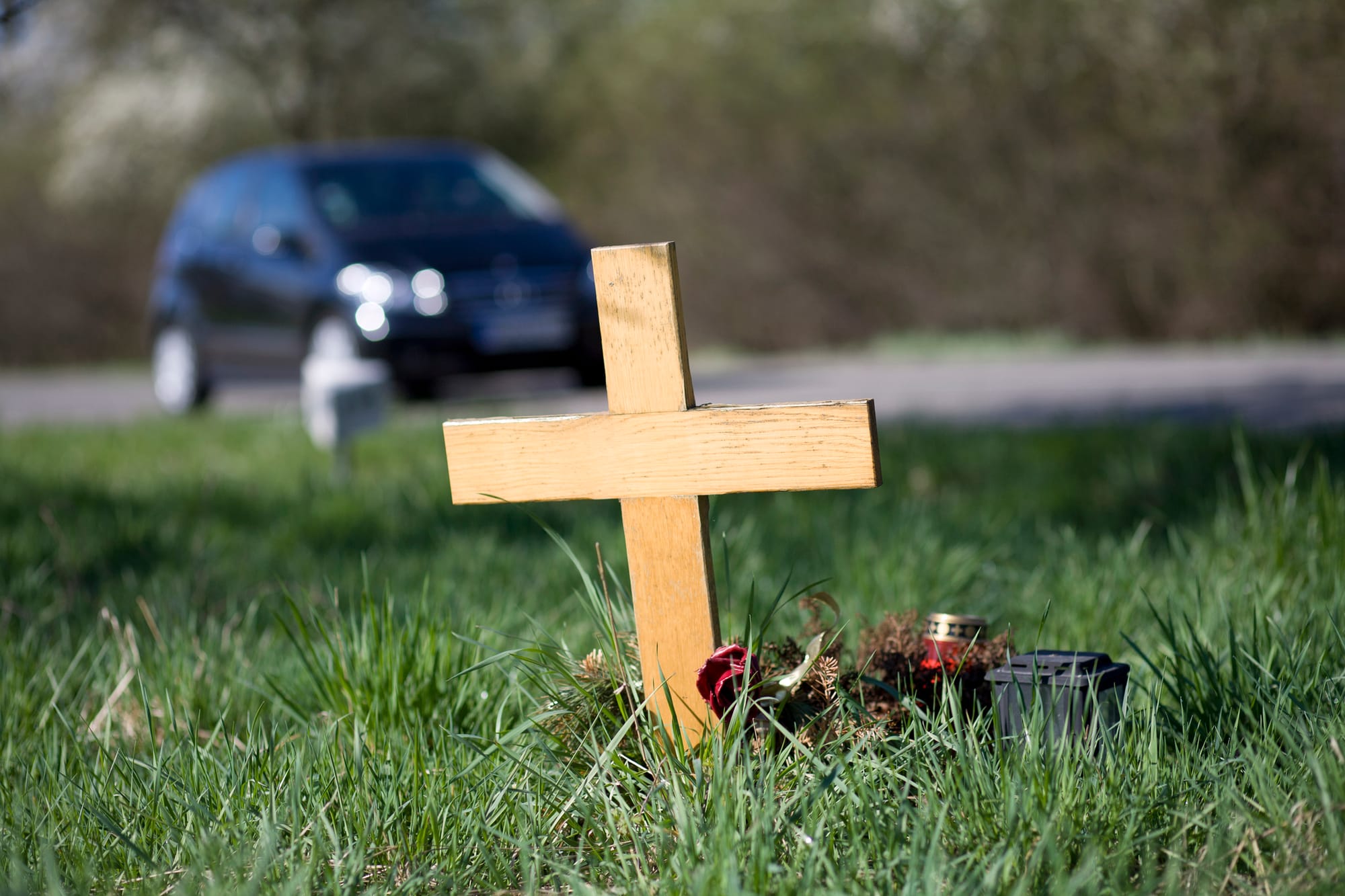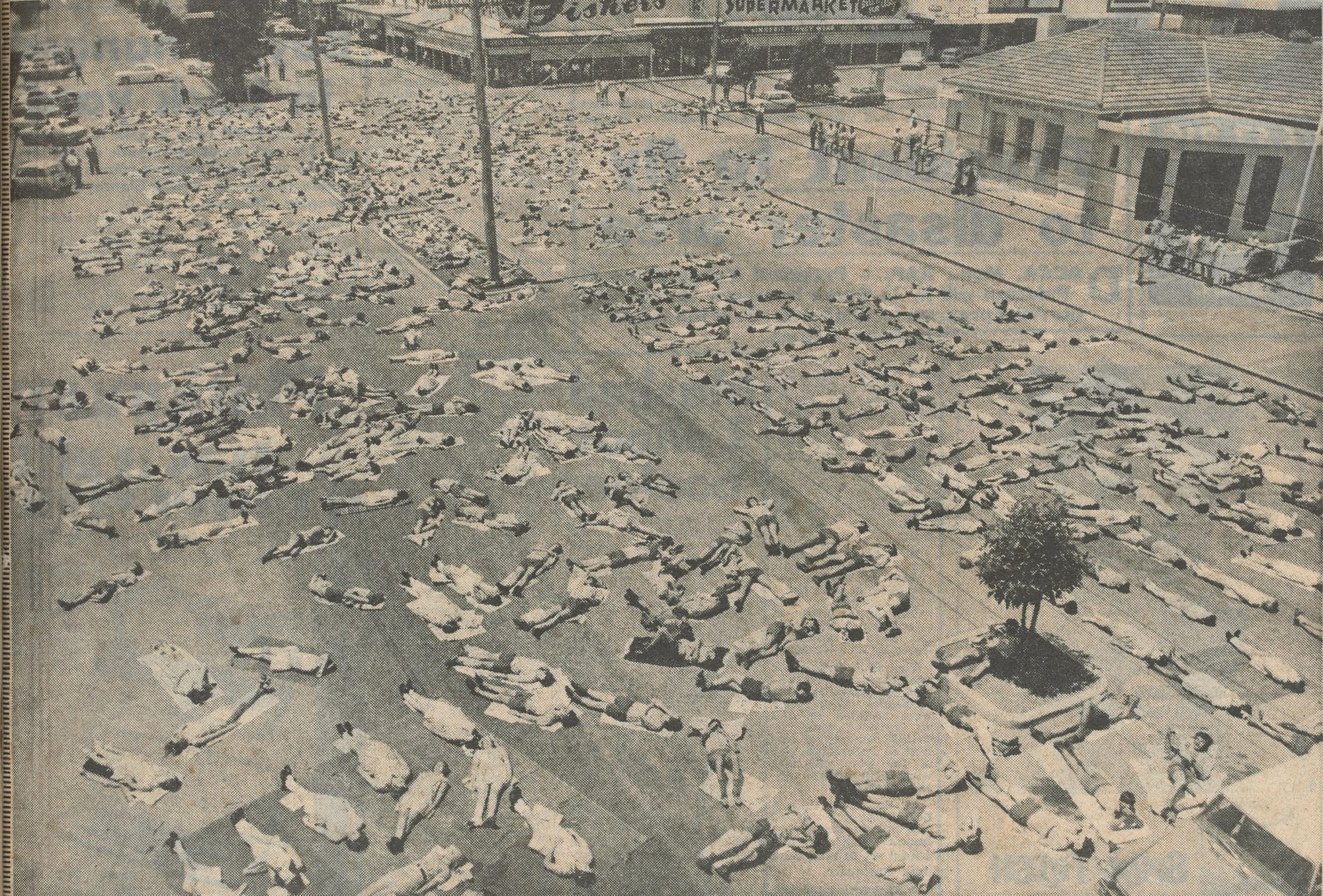
The Transport Accident Commission recently revealed new figures showing that about 150 drivers die on Victorian rural roads each year. These shocking statistics underline that reducing road trauma remains a high priority in Victoria.
However, as a new book explains, Victoria is well-positioned to respond to the challenge, having been a world leader in reducing road trauma for nearly 50 years.
To understand the impact that the state has had on road trauma, you need to go back to 1969, when Victoria’s road toll peaked at 1034. By 2017 that number had fallen to 259 – a drop of 87 per cent – despite our population almost doubling.
This extraordinary story has been told in From Roadside to Recovery: The Story of the Victorian State Trauma System, a revealing new book co-written by experts in behaviour change and trauma surgery.
The authors, Russell Gruen, a leading trauma surgeon, and Peter Bragge, an expert in healthcare behaviour change at Monash Sustainable Development Institute's BehaviourWorks Australia, detail how that one grim statistic – 1034 – shook Victorian professionals, policymakers and the public into action. But many things, and people, had to work together to make this change happen.
Headline news
The late Harry Gordon, editor of The Sun News-Pictorial, fired the first shot in what became known as the most successful newspaper campaign of the 20th century. The front-page headline – "Declare War on 1034" – led the way in sensitising the public to the terrible toll road deaths were taking on the community. A photo showing hundreds of schoolchildren lying on the road as if dead brought home just how shocking it was.
It worked.
While political leaders of the day worried that restrictions on drivers (such as wearing seatbelts) would lose votes, doctors and researchers were able to show that using seatbelts reduced road deaths and serious injuries – data so compelling that other Australian states soon followed Victoria’s lead.

Changing systems
Having emboldened politicians to make road safety a key public policy concern, systemic changes were required to pay for a new road trauma scheme.
The world’s first compulsory seatbelt legislation was passed in 1970, leading to the passage of .05 blood-alcohol laws and random breath testing. Penalties for speeding were increased and enforced. In the 1980s, the insurance model used to finance road safety prevention and treatment was overhauled with the formation of the Transport Accident Commission. No one had previously tried these interventions in health and public policy.
It produced results. Road deaths began to trend downwards. Social norms around drink driving were also beginning to come around – it was no longer acceptable to have ‘had a few’ before grabbing the car keys. Victorians of all stripes were changing their driving behaviours, and the rest of the world was beginning to take notice.
Prevention, intervention, reinvention
"These campaigns and laws had positive impacts, but they weren’t enough," says Associate Professor Bragge.
New research examining hundreds of road deaths in minute detail established a fact that simply could not be ignored – a third of those deaths were preventable or potentially preventable.
This brought sharp focus onto improving hospital treatment and getting victims up and independent again. In 2001, the state's trauma system was overhauled, from the moment of impact through to hospital-based responses. In just 10 years, this system reform halved the risk of dying in a car accident – a magnitude of change described as ‘penicillin-esque.’
Read more Building more flexible barriers to save lives on our country roads
Meanwhile, cars were made with better brakes, tyres, crumple zones and airbags. Roads were also getting safer. This led to reductions in injury severity and, thanks to a world-class hospital system, recovery at much higher rates.
"Many thousands of people are alive today that otherwise wouldn’t be thanks to bipartisan political support for road safety policy and rigorous, evidence-based and sustained system improvement," says Associate Professor Bragge. It's made the Victorian State Trauma System the envy of the world."
Published by Monash University Publishing, From Roadside to Recovery is more than the story of a state turning its road trauma system around; it's proof that vision, leadership and determination can bring about large-scale behaviour change that saves lives.





